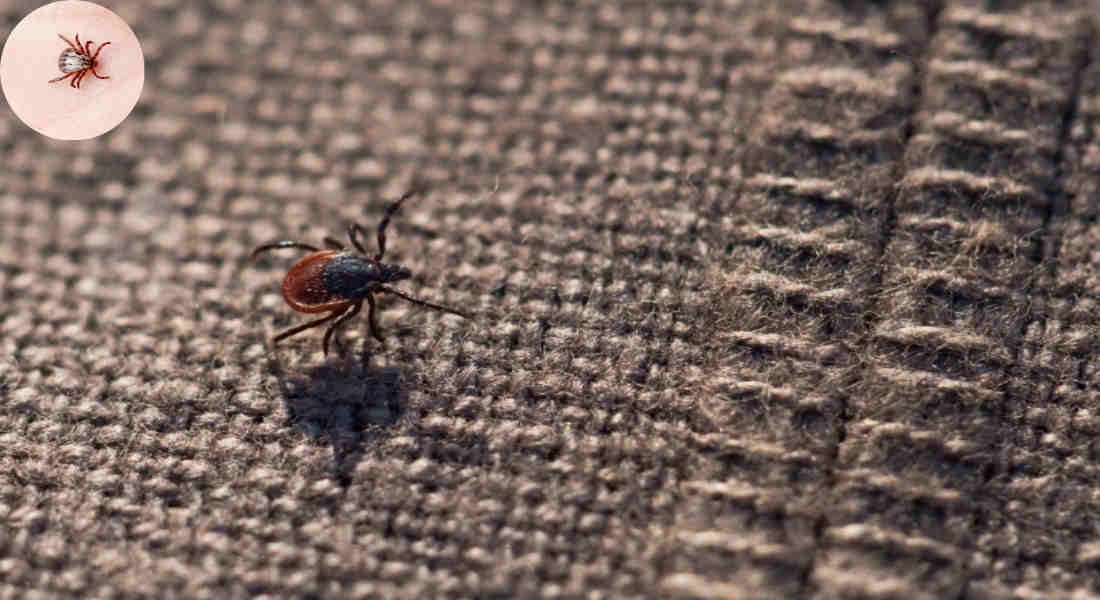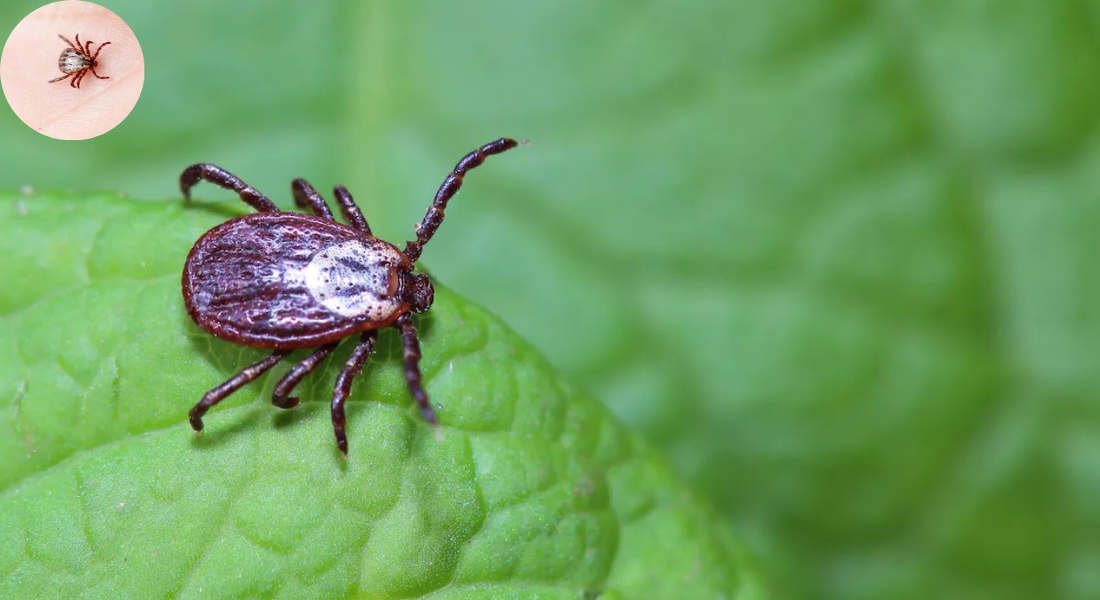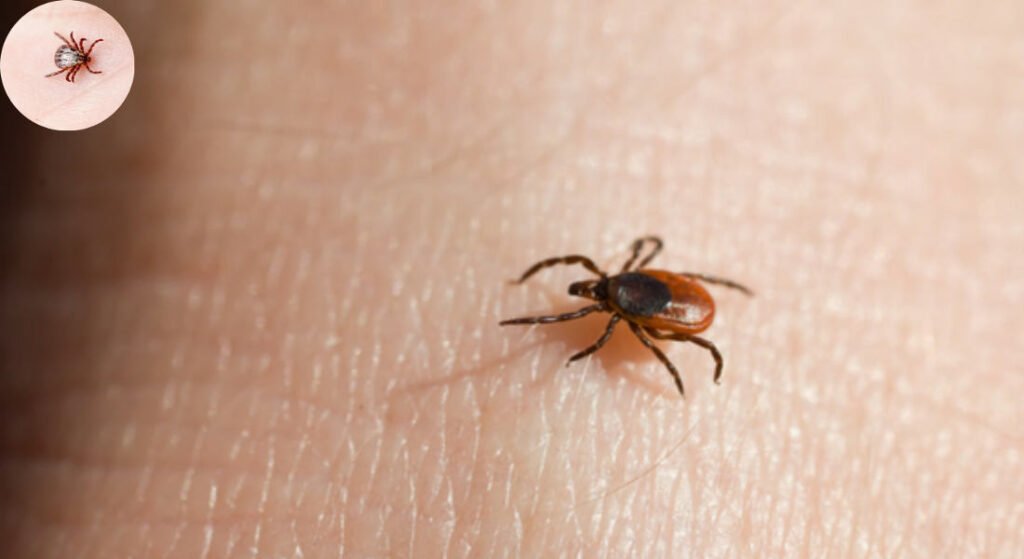Ticks are commonly associated with outdoor environments, particularly grassy and wooded areas. However, many people wonder if ticks can make their way inside homes, posing risks to both humans and pets. While most tick species struggle to survive indoors due to low humidity and lack of suitable hosts, there are exceptions—most notably the brown dog tick, which can thrive and even breed inside the house. Understanding how ticks enter homes, which species are most likely to survive indoors, and how to prevent infestations is essential for keeping your living space safe from these persistent pests.
Can Ticks Come Inside the House?
Ticks can indeed find their way inside your home. These tiny parasites often latch onto pets or clothing when walking through grassy or wooded areas.
Once they’re in, ticks seek warm, dark places to hide. They prefer hiding spots such as under carpets, behind furniture, and even in bedding. This behavior can make them hard to detect until it’s too late.
If your pet has been outdoors, it’s essential to check for any unwanted hitchhikers before they enter the house. Regularly inspecting fur can help catch ticks early.
Being aware of how these pests operate will better prepare you for prevention measures around your home and yard.
Identifying Tick Infestations in the Home
Detecting a tick infestation in your home can be a challenging task. These tiny pests are masters of concealment, often hiding in dark corners or among pet fur.
Look for signs like small black specks on carpets or furniture. These could be ticks or their droppings. Examine areas where pets sleep, as ticks often hitch rides on animals into the house.
Inspect your clothing after spending time outdoors, especially if you’ve been in areas with grass or wood, as these can harbor allergens. Ticks love to cling onto fabric and may travel with you indoors unnoticed.
If they’re scratching excessively or acting restless, it might signal the presence of ticks lurking nearby.
Regularly checking yourself and your family members after outdoor activities helps catch these potential intruders early before they can establish a larger presence inside your home.
You may also read (the etiquette of tipping house cleaners explained).
How to Prevent Ticks from Entering Your Home
Preventing ticks from entering your home involves a combination of outdoor and indoor strategies.
Start by keeping your yard well-maintained. Regularly mow the lawn, trim shrubs, and remove any leaf litter or debris where ticks might hide.
Creating a barrier can also help. Consider installing wood chips or gravel between wooded areas and play zones to deter the movement of ticks.
When it comes to pets, regular grooming is essential. Use vet-recommended tick prevention products and check them after they’ve been outside.
Seal up any cracks or gaps in windows, doors, and screens to minimize entry points for these pesky creatures.
Consider using natural repellents around entrances—essential oils like cedarwood or lavender can be effective deterrents without the use of harmful chemicals.
What to Do if You Find a Tick Inside Your House
Finding a tick inside your house can be unsettling. First, stay calm and avoid panicking.
Gently remove the tick using fine-tipped tweezers. Grasp it as close to the skin or surface as possible, pulling straight out without twisting. This helps prevent any mouth parts from being left behind.
After removal, clean the bite area with soap and water or rubbing alcohol. It’s wise to save the tick in a sealed container for identification later if needed.
Next, monitor for any signs of illness over the next few weeks, such as fever or rash. If symptoms arise, consult a healthcare professional promptly.
Consider vacuuming areas where you found the tick to eliminate any lingering eggs or larvae. Regularly check pets and clothing when returning indoors after outdoor activities to minimize future encounters with these pests.
You may also read (how to clean your home to prevent cockroaches).
Common Misconceptions about Ticks Indoors
When it comes to ticks and their behavior, several misconceptions can lead to unnecessary panic or misunderstandings. One common belief is that ticks only live in tall grass or wooded areas, which might discourage people from considering indoor infestations. However, while they prefer these outdoor habitats for breeding and feeding, it’s not uncommon for them to hitch a ride into homes on pets or clothing.
In reality, they don’t thrive inside houses like other pests may do. They primarily depend on environmental conditions outside to survive and reproduce. This means your home isn’t a typical habitat for them; however, if they find their way indoors, it usually happens accidentally.
While some tick species can adapt to city environments by finding suitable hosts close by—like dogs—they’re still more commonly associated with areas rich in wildlife.
It’s essential to be aware of these misconceptions so you can take practical steps toward prevention and control without succumbing to fear-based thinking. Understanding tick behavior helps clarify the necessary actions for protecting your home from these unwelcome visitors.
You may also read (5 best siding colors for homes with black roofs).

